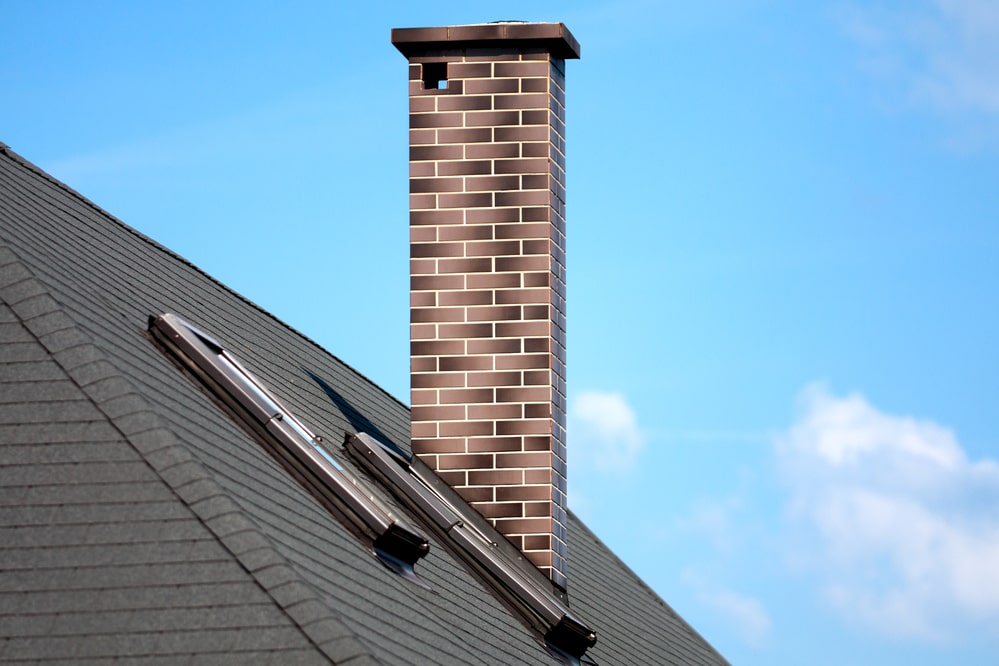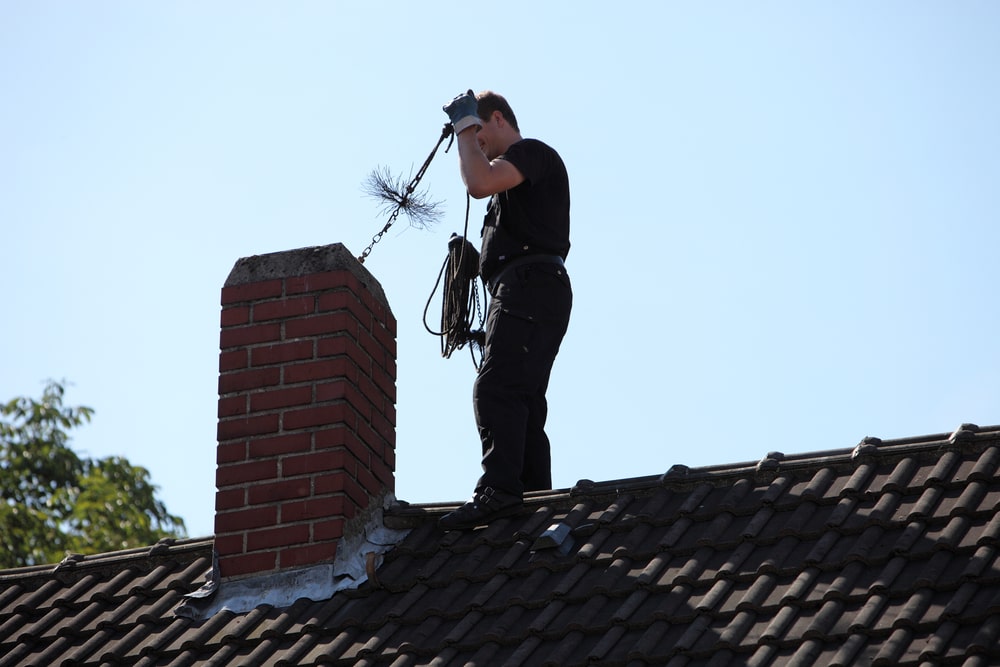Everything you need to know about chimney venting
We did not expect you to be familiar with the mechanics of your chimney or fireplace, therefore we would like to go over one of the most essential functions of a chimney – which is venting. Keeping your chimney properly ventilated should be a crucial part of your regular chimney maintenance. The venting system for the chimney is critical in allowing combustion products to leave the property while reducing carbon monoxide danger. In other words, chimney venting is the process of releasing waste products from combustion back into the air [outside of your home].

The importance of chimney venting
The importance of a well-functioning venting system cannot be understated – it’s not only a matter of keeping your family safe, but also ensuring that your home complies with local building codes.
When there is no venting, combustion pollutants accumulate in the living area or may flow throughout the house via cracks and gaps. This is extremely dangerous and can lead to carbon monoxide poisoning, respiratory diseases, or even fires.
Now that we know how important venting is, let’s take a look at how it works.

How does chimney venting work?
There are two ways that ventilation can be achieved – natural or mechanical. Natural ventilation relies on the buoyancy of hot air to rise and escape through the chimney, while mechanical ventilation uses a fan to force the air up and out.
Natural ventilation is often used in fireplaces, as the heat from the fire creates enough rising hot air to push the waste products up and out.
Mechanical ventilation, on the other hand, is generally used in stoves as they do not produce enough heat to create a natural draft.
In order for either type of ventilation to work properly, there must be a clear path for the air to travel. This means that the chimney or stovepipe must be tall enough and free of any blockages. Keep your chimney free of obstructions with regular chimney sweeps and inspection service from a certified chimney company like ours.
Now that we understand how venting works and how important it is to the chimney maintenance process, let’s look at some of the most common benefits of having a well-ventilated chimney.

5 Benefits of proper chimney venting
Chimney venting is essential for your chimney and fireplace to function properly, but that’s not all. In addition to being a safety measure, venting also provides some other benefits, such as:
- Reducing energy costs – A well-functioning fireplace or stove will be more efficient and use less fuel, which can save you money on your energy bills.
- Preventing odors – When combustion gases are not vented properly, they can seep into the home and cause unpleasant odors.
- Improving indoor air quality – By venting the combustion pollutants outdoors, you’ll be improving the air quality in your home. This is especially important for homes with asthma and allergy sufferers.
- Preventing water damage – Proper venting will help to prevent moisture buildup in the chimney, which can lead to water damage.
- Prolonging the life of your chimney – By regularly removing the waste products from combustion, you’ll be prolonging the life of your chimney or stove.
We hope that this article has helped to improve your understanding of how chimney venting works and why it is such an important part of any chimney maintenance routine. If you have any further questions or would like to schedule a chimney sweep or inspection, please contact us today.
